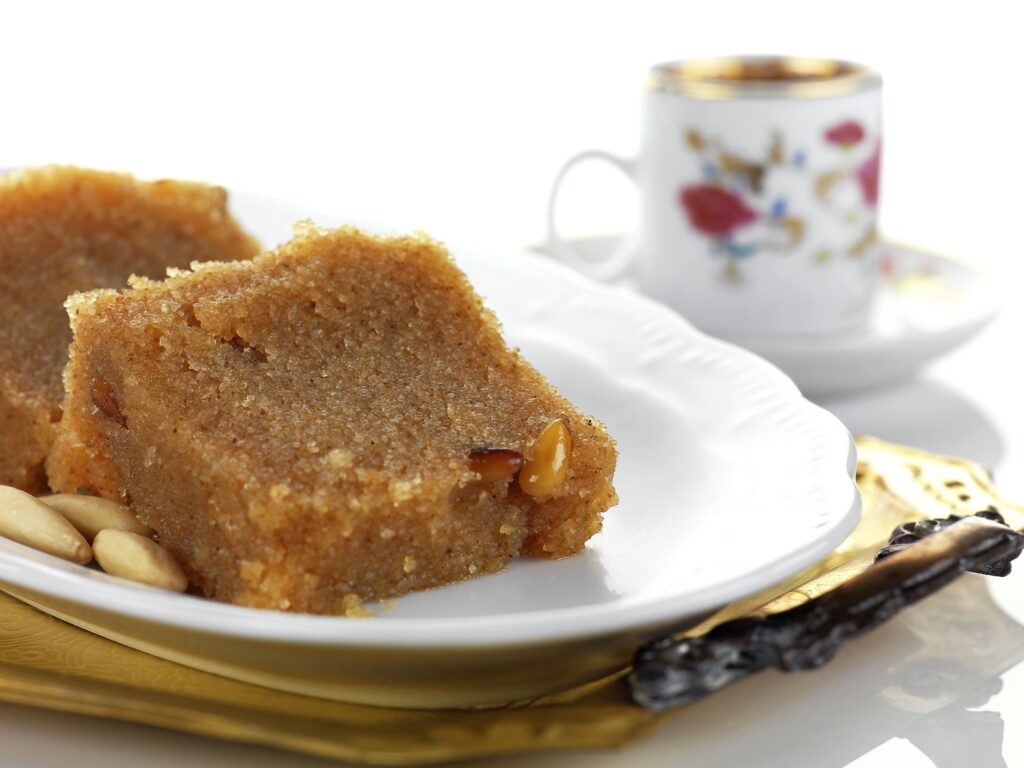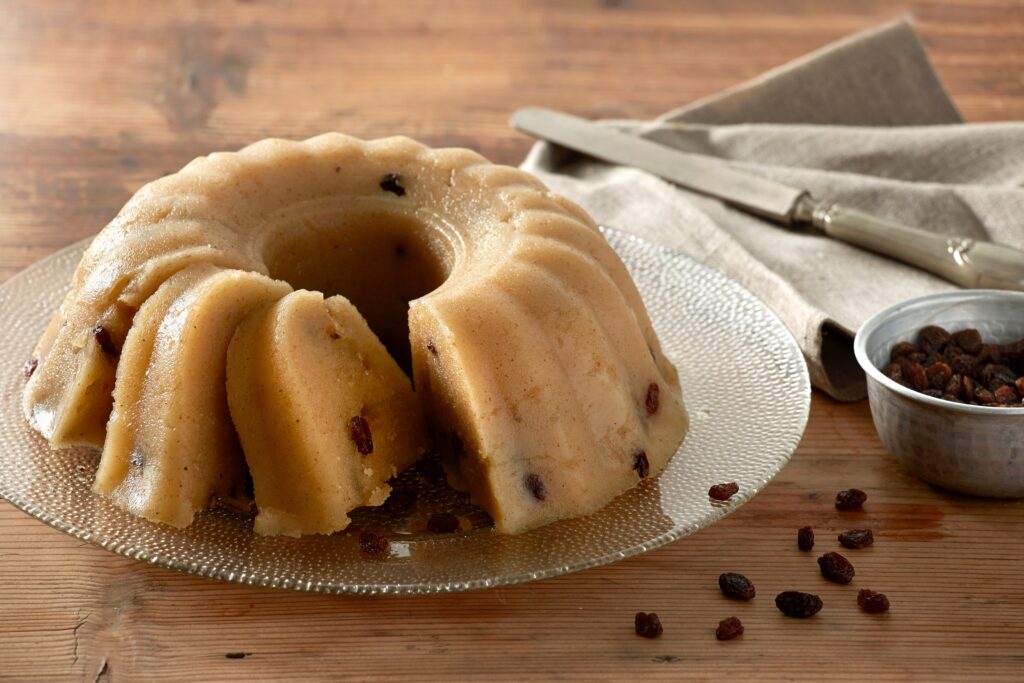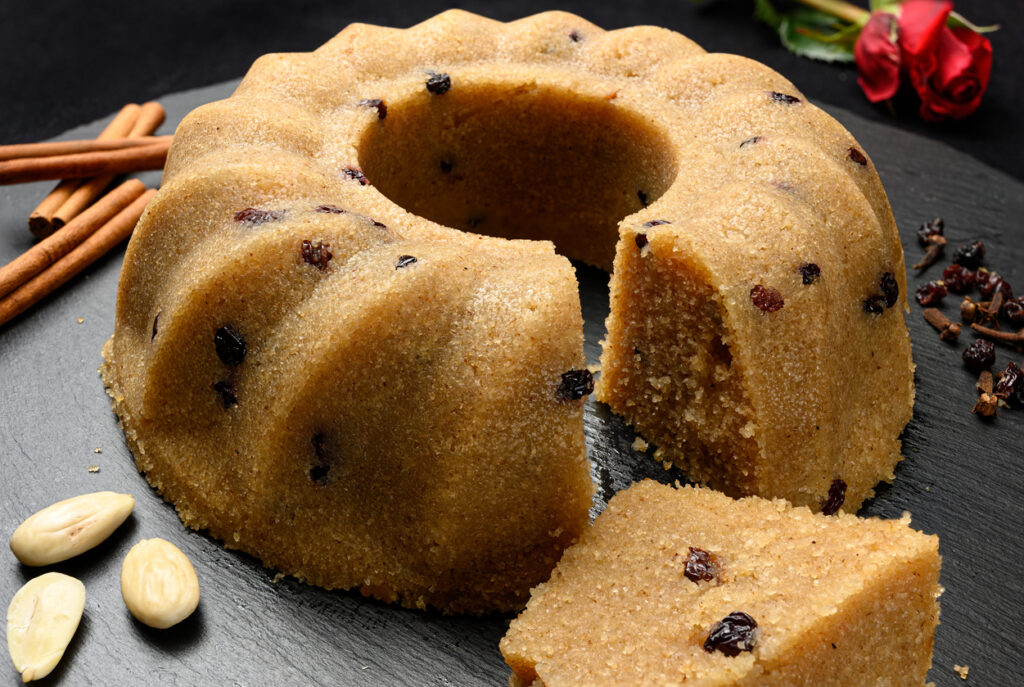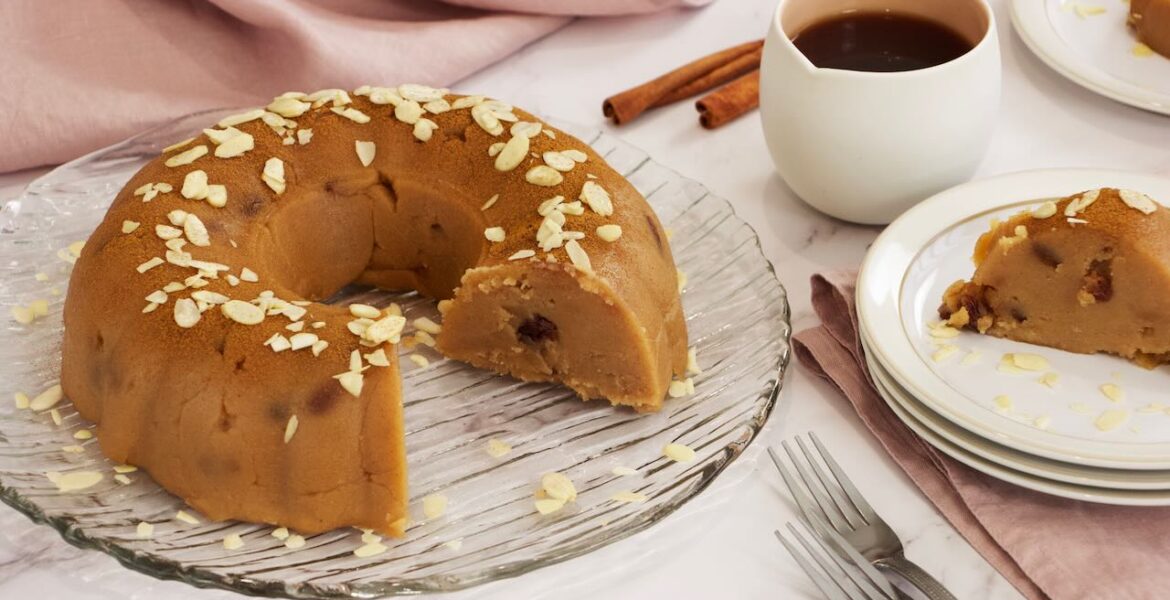Halva is a part of our culinary tradition and is the dessert of the family lunch or dinner table next to the mezes of Lent.
This dessert made with semolina is often chosen since it can be made at home easily and quickly, even by beginners in the kitchen. Only three simple steps guarantee success for this aromatic and nutritious dessert.
The simplest version of halva is made with cinnamon and citrus zest, but richer and more modern recipes now include nuts, raisins, or chocolate.
Here is how to avoid the three most common mistakes in preparing halva so you will never see one of your favourite traditional desserts uncooked, crumbly, or "muddy" again.
How to adequately cook semolina

Semolina needs to be simmered in a saucepan at a low temperature. Remember to stir it often in the saucepan so that it cooks evenly.
The semolina is only ready when it has absorbed all the fat and comes off the sides of the saucepan easily. Finally, keep in mind that the longer you simmer the halva, the heavier and darker it becomes.
How not to get the texture of halva "muddy"

It is one of the most significant risks, but combined with the proper simmering, it can be very easy to avoid making the texture of the halva "muddy".
To do this, put the right amount of fat, which we suggest equals approximately 1/4 of the amount of semolina you will use (as opposed to the well-known "1-2-3-4" rule, which needs a cup of oil and two cups of semolina).
Remember that semolina can be cooked without any fatty substance and that oil or butter only speeds up the process. Cooking without fat takes an average of 45 minutes, while adding oil or butter cuts the time by half.
However, if you use an excess amount of fatty substance, your halva will "dry out" along the way, making it look "muddy." To save the halva, cook it for as long as it takes and be patient until it absorbs the liquid.
Also, after you've removed it from the pot, leave it covered with a towel for 15 minutes.
How not to make halva crumbly

The crumbly halva is not firm and needs more fatty substance. It is essential to use a sufficient amount of liquid - twice that of semolina. If, for example you use 250 gr. of Semolina, you will need 500 ml. of water or any other liquid, such as orange juice, petimezi, or sour cherry juice, depending on the flavour you want to give the halva.
And if you see that the crumbling has already started from from saucepan?
Then you can add honey or some syrup (for example, from a spoon sweets), stirring until the mixture thickens.
Finally, remember not to leave the halva uncovered on the kitchen counter (or in the refrigerator) because it will dry out. Keep it wrapped in a plastic film/wrap or closed in an airtight container.
Evi Tsitopoulou is a columnist for Olive Magazine. Translated by Paul Antonopoulos.
RECIPE for Semolina Halva HERE
READ MORE: Ladorevani- Lent cake recipe.

